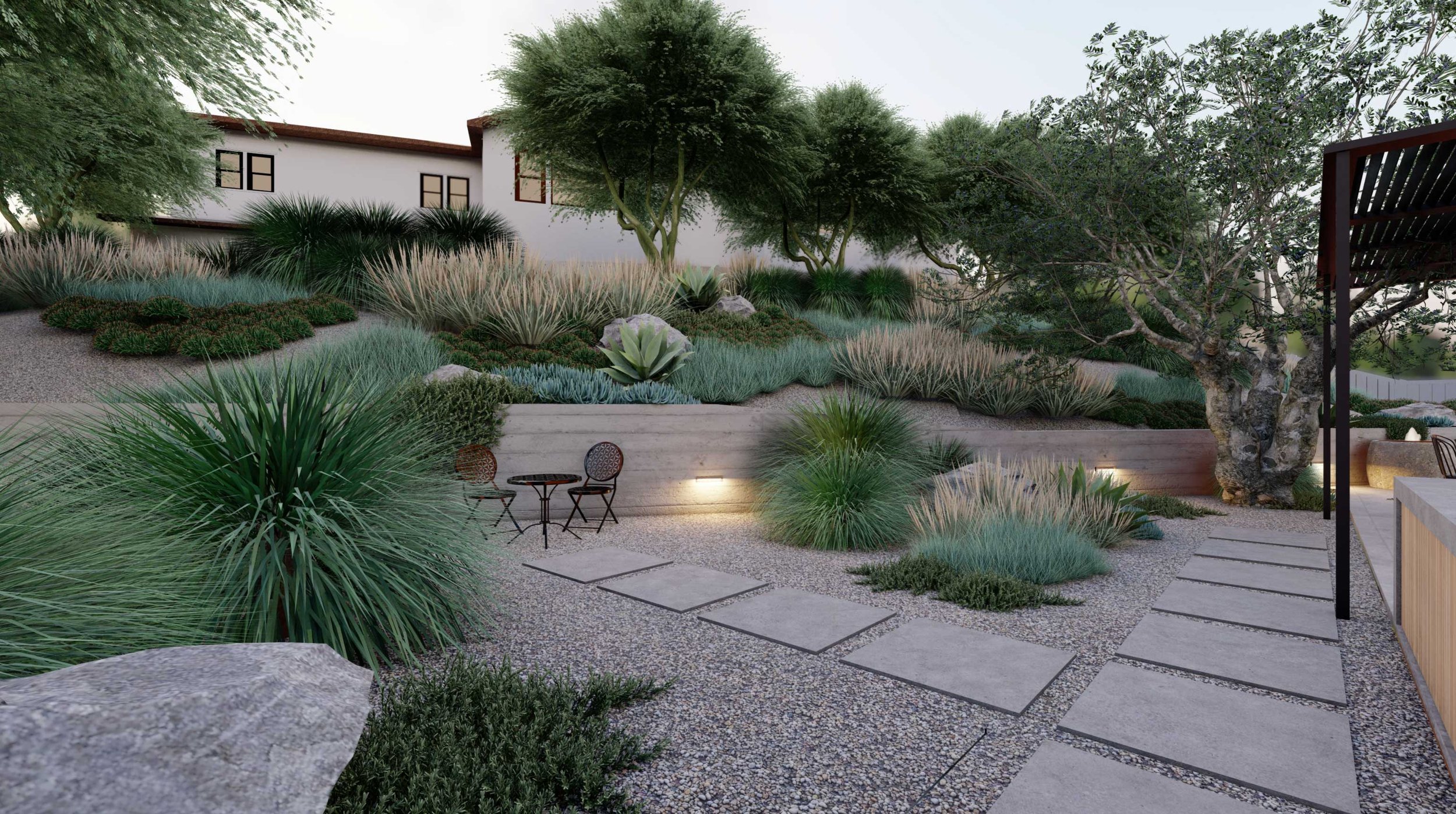Creating The Dream Garden: An Easy Guide
Creating your perfect garden is an thrilling yet challenging endeavor. Given the multitude of design options at your disposal, it's crucial to address the project with a clear plan. Our guide will lead you along the key steps to attain a beautiful landscape that shows your style and satisfies your real-world needs. Whether you have a large backyard or a charming front yard, the right design can transform your outdoor space into a stunning oasis.
Here, we will delve into a range of key concepts and ideas that will help you in making informed decisions about your landscape design. Beginning with understanding the difference between new-age and classic styles to adding low-maintenance options, our structured approach is designed for everyone, whether you're a novice to experienced gardeners. Thus, pick up your notebook and let us all embark on the journey to build the garden you have long envisioned.
Top Garden Design Concepts
While considering in terms of garden planning, it’s important to consider how different elements can unite to establish a unified and aesthetically pleasing exterior area. One common concept is to integrate walkways that guide people through your landscape, using elements like stone, granite, or timber to add depth and appeal. These walkways not just create useful routes of access but also aid define distinct areas within your garden, such as blooming sections, sitting spaces, and food gardens.
Introducing aquatic elements can also enhance your landscape planning. Ponds, lakes, or including brooks can introduce soothing sounds and attract animals, adding a vibrant feature to your landscape. These features can be crafted to match any design preference, from modern minimalist to lush, permitting you to build an oasis that reflects your individual style and enriches your outdoor experience.
Another outstanding idea is to leverage native plants in the garden planning. Local species are well-adapted to your regional climate and soil type, therefore being more hardy and more convenient to maintain. Through choosing plants that flourish in your locale, you not just promote native wildlife and beneficial insects but also guarantee that your yard remains vibrant throughout the year with little work. Such https://wildwoodlandscape-fl.com/ protects water and reduces harmful chemicals but also cultivates a distinct feeling of belonging in the property.
Important Garden Design Tips
While beginning your landscape design journey, it's important to initially assess your outdoor space. Take note of the sun and shade patterns, soil conditions, and existing structures. This information will inform your decisions and help you choose plants that flourish in your environment. Additionally, consider your lifestyle and how you aim to use the space. Whether you use it for entertaining, gardening, or relaxation, defining your needs will guide your design choices.
Then, think about incorporating both hardscaping and softscaping elements. Hardscaping includes features such as pathways, patios, and walls, while softscaping refers to the plants and greenery. Finding a balance between these two components can create visual interest and functionality in your landscape. Use materials that complement your home’s architecture and maintain a cohesive look throughout your yard.
Finally, note that maintenance is essential to a beautiful landscape. Design with low-maintenance plants and materials if you have a busy lifestyle. Consider adding native plants, which require less water and care while attracting local wildlife. Furthermore, plan for seasonal changes by selecting plants that bloom at various intervals of the year, guaranteeing your garden remains vibrant and engaging throughout all seasons.
Selecting the Appropriate Landscape Designer

Selecting the appropriate landscape designer is a critical step in bringing your landscape design to life. Begin by establishing your project's scope and your personal style. Research potential designers in your area, focusing on those who excel in the type of landscaping you desire, whether it's modern, classic, or sustainable. Examine their portfolios to gauge their design aesthetics and consider client testimonials to evaluate their work ethic and dependability.
During initial consultations, ask potential designers about their design method, including how they handle concepts like patios, plant selection, and sustainability. It's important to communicate your budget and expectations clearly. A good designer will be receptive to your ideas and offer suggestions that align with your vision while staying within your budget. This partnership is key to ensuring the final design reflects with your vision.
Ultimately, ensure that the designer you choose understands the specifics of your outdoor space, including any obstacles it might present, such as sloped terrain or limited sunlight. They should demonstrate knowledge of local climate conditions and suggest suitable vegetation and resources. Feeling comfortable with your designer is important, as a strong rapport can lead to a more satisfying and productive design experience.